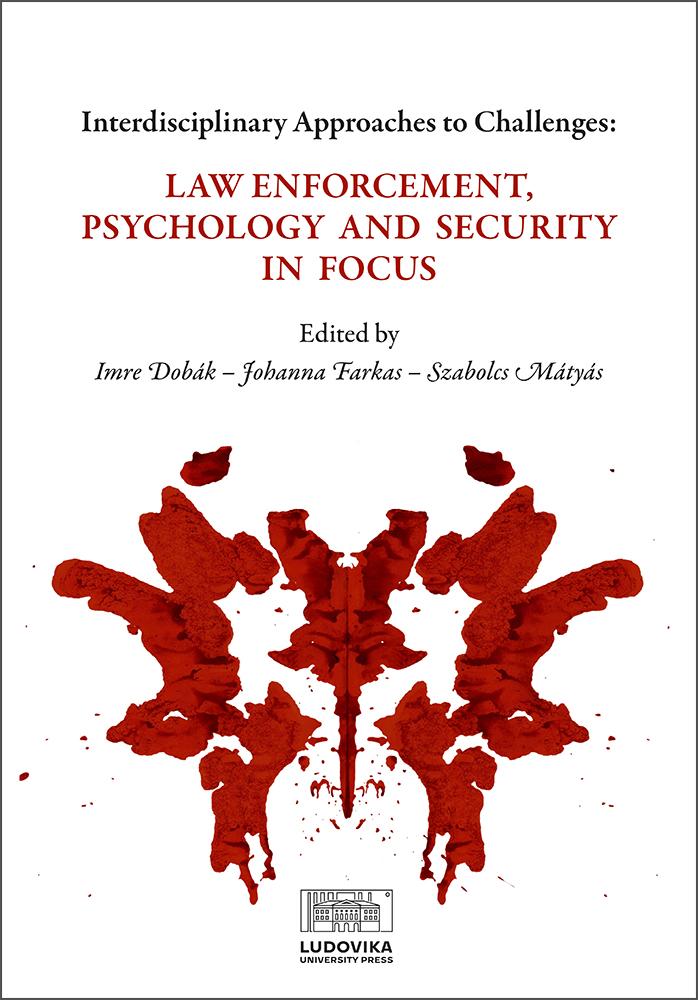Predicting Fear of War: The Predictive Role of Transdiagnostic Vulnerability Factors
Absztrakt
The fear related to war and war-like circumstances is rarely analysed and literature lacks studies on this topic. The purpose of the present study was to investigate the sociodemographic and psychological vulnerability-related predictors of fear of war in the context of the outbreak of the Ukraine–Russia war. Transdiagnostic vulnerability factors, namely intolerance of uncertainty, neuroticism and stress–tense were examined in the context of war-related fear in a non-clinical Hungarian speaking sample from the warzone neighbouring countries. Data were collected through an online survey. A sample of N = 1,460 participants (aged M = 43.67, SD = 13.54, 92.1% female) completed the Fear of War Scale (FOWARS), the Stress subscale of the Depression, Anxiety and Stress Scale (DASS-21), the Neuroticism subscale of the Big Five Inventory and the Intolerance of Uncertainty Scale (IUS-12). Hierarchical multiple regression analysis was performed for predictor weight calculations related to demographical variables, and psychological vulnerability factors with fear of war as the outcome variable. The models were statistically significant. From the sociodemographic variables, female gender and age were found to be predictors of fear of war; females and younger individuals presenting higher levels of fear. The most influential psychological factors that predicted fear of war were the participants’ stress level (β = .38, p < .01) and the intolerance of uncertainty (β = .34, p < .01). The results show that in times of war-related crises transdiagnostic vulnerability traits are associated to fear of war, and younger women are particularly at risk.
Letöltések
Oldalak
Megjelenés
Kategóriák
License

This work is licensed under a Creative Commons Attribution-NonCommercial-NoDerivatives 4.0 International License.


.svg)
